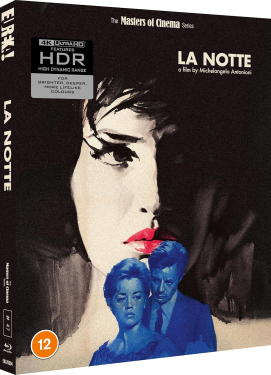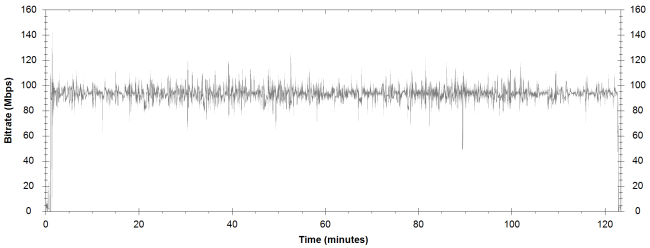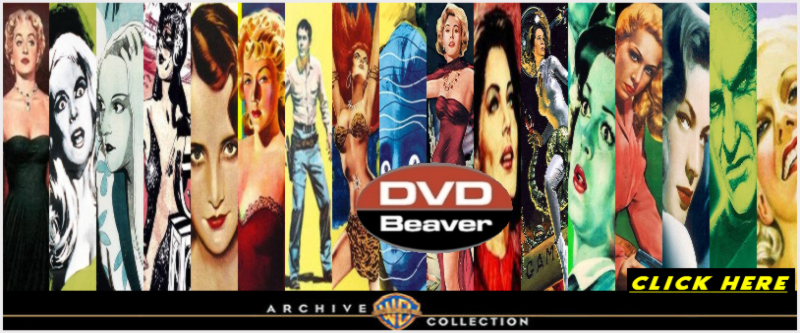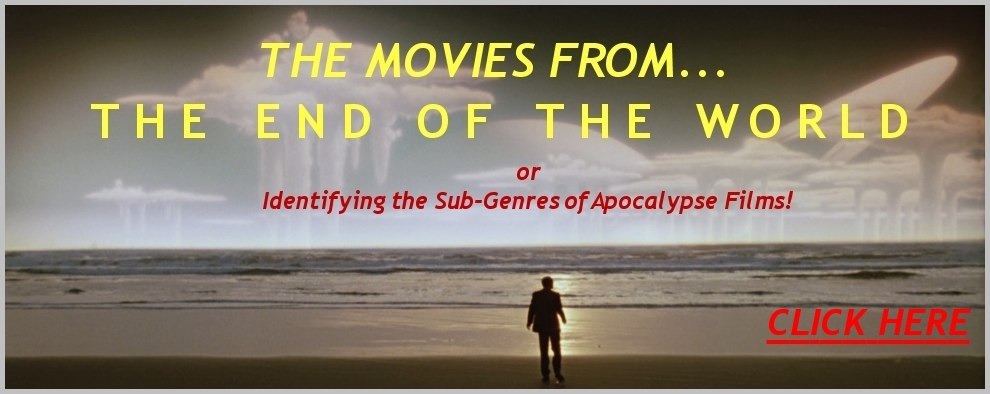|
An
enormous, sincere thank you to our phenomenal
Patreon
supporters! Your unshakable dedication is the bedrock that keeps DVDBeaver
going - we’d be lost without you. Did you know? Our patrons include a
director, writer, editor, and producer with honors like Academy Awards for
Best Picture and Best Director, a Pulitzer Prize-winning screenwriter, and a
Golden Globe-winning filmmaker, to name a few! Sadly, DVDBeaver has reached a breaking point where our existence hangs in the balance. We’re now reaching out to YOU with a plea for help. Please consider pitching in just a few dollars a month - think of it as the price of a coffee or some spare change - to keep us bringing you in-depth reviews, current calendar updates, and detailed comparisons. I’m am indebted to your generosity! |
![]()
![]()

![]()
![]()
|
Search DVDBeaver |
S E A R C H D V D B e a v e r |
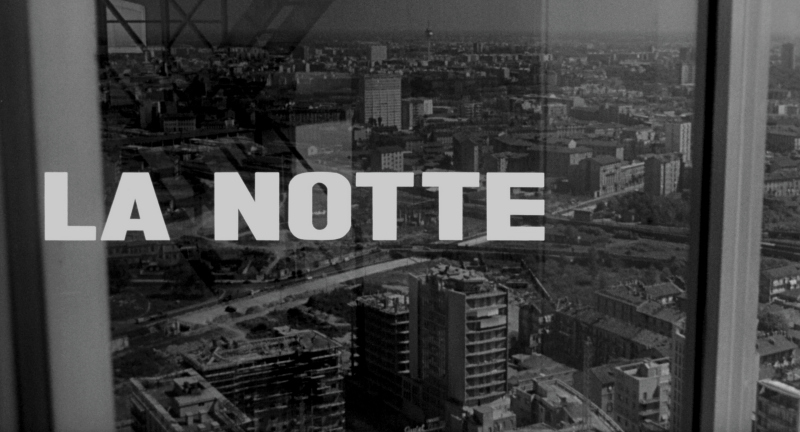
(aka 'Dare e avere" or "La Nuit" or "The Night")
|
One of the masterworks of 1960s cinema, La Notte (The Night)
marked yet another development in the continuous stylistic evolution of its
director, Michelangelo Antonioni — even as it solidified his reputation as one
of the greatest artists of the twentieth century. La Notte is Antonioni’s
Twilight of the Gods, but composed in cinematic terms. Observed from a
crane-shot, it’s a sprawling study of Italy’s upper middle-class; seen in
close-up, it’s an x-ray of a relationship on the brink of collapse. *** Michelangelo Antonioni’s La Notte (1961), the second panel of his alienation trilogy between L’Avventura and L’Eclisse, is perhaps the purest distillation of his vision: a 24-hour autopsy of a marriage that has already died but refuses to lie down. Marcello Mastroianni’s successful novelist Giovanni Pontano and Jeanne Moreau’s Lidia move through a gleaming, indifferent Milan like ghosts haunting their own lives; every frame is drained of warmth, every conversation a polite autopsy of feeling. The film’s genius lies in its refusal of melodrama: there is no quarrel, no betrayal scene, only the slow, merciless erosion of intimacy revealed in silences, glances, and the vast empty spaces that Antonioni places between bodies. When Lidia wanders the deserted outskirts of the city at dawn or watches rockets burst over Gadda’s bourgeois party while remaining utterly untouched by spectacle, we witness not just one woman’s despair but the spiritual bankruptcy of an entire class and era. By the final sequence on the golf course at sunrise—two elegant corpses reading an old love letter they can no longer feel—La Notte achieves something close to tragic sublimity: the spectacle of love extinguished without anyone quite noticing when the light went out. |
Posters
 |
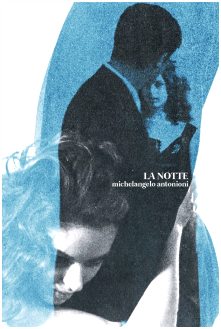 |
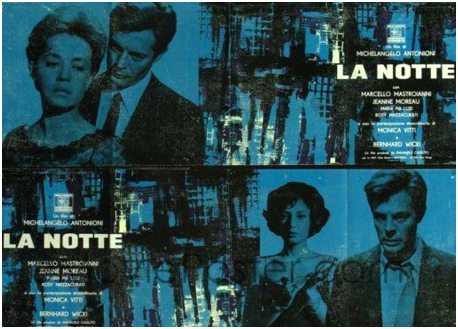 |
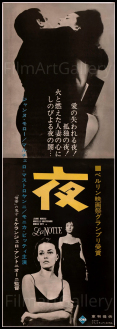 |
 |
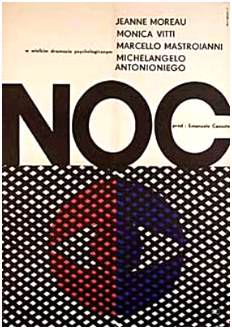 |
 |
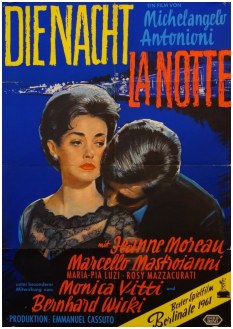 |
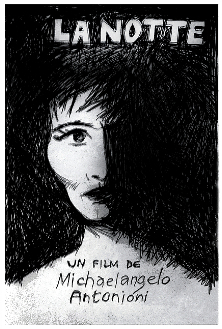 |
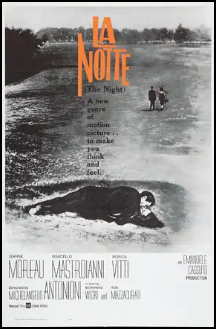 |
 |
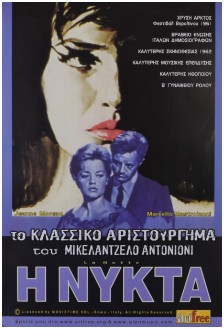 |
 |
 |
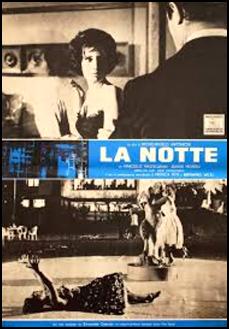 |
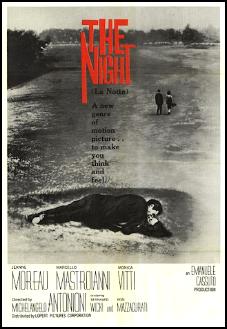 |
 |
 |
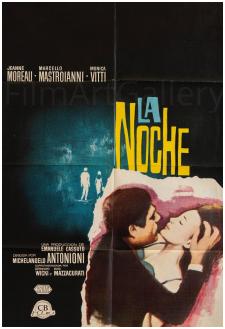 |
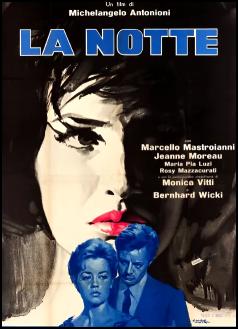 |
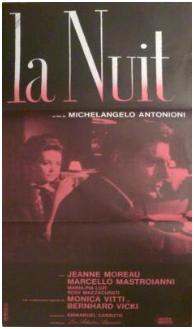 |
 |
 |
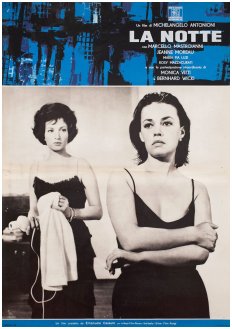 |
 |
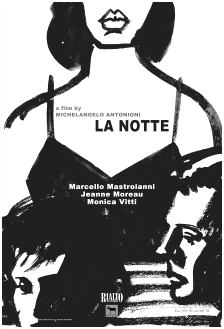 |
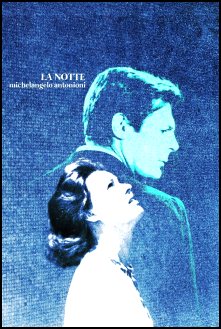 |
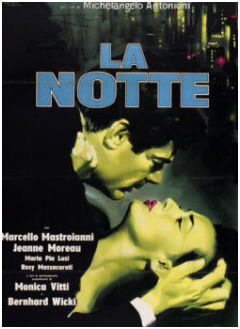 |
 |
 |
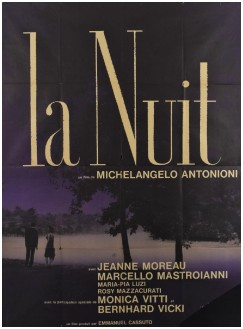 |
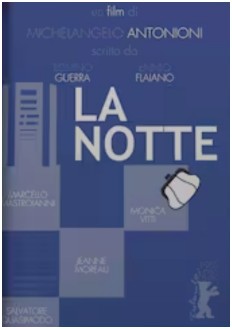 |
 |
 |
 |
Theatrical Release: January 24th, 1961 (Milan, premiere)
Review: Masters of Cinema - Region FREE - 4K UHD
| Box Cover |
|
CLICK to order from: BONUS CAPTURES: |
| Distribution | Masters of Cinema - Region FREE - 4K UHD | |
| Runtime | 2:03:24.021 | |
| Video |
1.85:1 2160P
4K UHD |
|
|
NOTE: The Vertical axis represents the bits transferred per second. The Horizontal is the time in minutes. |
||
| Bitrate 4K UHD: |
|
|
| Audio |
LPCM Audio Italian
1152 kbps 1.0 / 48 kHz / 1152 kbps / 24-bit Dolby Digital Audio English 112 kbps 2.0 / 48 kHz / 112 kbps / DN -30dB |
|
| Subtitles | English, None | |
| Features |
Release Information: Studio: Masters of Cinema
1.85:1 2160P
4K UHD
Edition Details: • New audio commentary by film writer Tony Rayns • New interview with academic and author Richard Dyer (45:22) 2020 interview with soundtrack composer Giorgio Gaslini (21:32) • Original Italian theatrical trailer (3:10) Limited edition O-card slipcase Limited edition booklet featuring an essay by film critic and scholar Brad Stevens and the transcript of a lengthy Q&A conducted in 1961 with Antonioni upon the film’s release
Transparent 4K UHD Case inside slipcase Chapters 15 |
|
| Comments: |
NOTE:
The below
Blu-ray
and
4K UHD
captures were taken directly from the
respective
disc.
The
4K UHD is nothing short of revelatory – a benchmark restoration that finally
allows Antonioni’s black-and-white masterpiece to breathe in the full depth
it has always demanded. Sourced from a 2024 4K scan supervised by Giuseppe Lanci and executed by the Cineteca Nazionale (working from a duplicate
element because the camera negative was unavailable), the image is
astonishingly clean yet faithfully filmic, retaining every grain of Gianni
Di Venanzo (The
10th Victim,
Le
Amiche,
Il Grido,
L’Eclisse,
Juliet of the Spirits,)
originally captured while delivering razor-sharp resolution and previously
unseen micro-detail in textures: the pebbled leather of coats, the
reflective sheen of rain on Milanese streets, the almost tactile porosity of
concrete façades. The new, exclusive Dolby Vision grade is masterful – not a
gimmick but a genuine artistic enhancement that expands the tonal scale to
an almost three-dimensional degree; whites are blindingly pure, blacks
plunge into velvet abysses, and the infinite shades of grey in between
possess a luminous, silvered quality that makes the film look freshly
photographed yesterday. This is easily the finest La Notte has ever
looked on home video and one of the most beautiful black-and-white
4K UHD
presentations ever released. Di Venanzo, Antonioni’s most indispensable
collaborator, understands that emptiness itself can be the subject of a
film. The 2160P image is never merely beautiful; it is surgical. Milan’s
postwar architecture - glass curtain walls, brutalist façades, endless grids
of windows - is shot with a cold, crystalline sharpness that turns the city
into a geometric proof of spiritual desolation. Reflections are everywhere:
in skyscraper windows, rain-slicked streets, the mirrored surfaces of luxury
apartments, so that characters are constantly duplicated, fragmented, or
erased by their own environment. Antonioni and Di Venanzo favor extreme wide
shots in which human figures are reduced to tiny, isolated marks on a vast
white page. When they do move in closer, it is usually to frame faces in
profile or three-quarter view against blank walls, or to trap them between
foreground and background planes so that they appear pressed like specimens
between slides. The camera rarely moves with urgency; it glides, tracks, or
remains perfectly still, enforcing a contemplative, almost entomological
gaze. It looked achingly beautiful on my system.
It is likely that the monitor you are seeing
this review is not an HDR-compatible
display (High Dynamic Range) or Dolby Vision, where each pixel can be
assigned with a wider and notably granular range of color and light. Our
capture software if simulating the HDR (in a uniform manner) for standard
monitors. This should make it easier for us to review more
4K UHD
titles in the future and give you a decent idea of its attributes on your
system. So our captures may not support the exact same colors (coolness of
skin tones, brighter or darker hues etc.) as the 4K system at your home. But
the framing, detail, grain texture support etc. are, generally, not effected
by this simulation representation.
NOTE: We have added 66 more large
resolution
4K UHD captures (in lossless
PNG format) for DVDBeaver Patrons
HERE
On their
Blu-ray
and 4K UHD,
Masters of Cinema use a linear PCM mono track (24-bit) in the
original Italian language. The original uncompressed mono soundtrack
(sourced from the surviving camera negative’s audio track) is presented
with exemplary clarity and dynamic fidelity. Silences remain absolute,
footsteps and distant city noises possess startling presence, and
Giorgio Gaslini’s (Deep
Red,
So Sweet, So Dead,
The Night of the Devils) sparse, haunted jazz score floats with
an ethereal, almost ghostly detachment that perfectly serves Antonioni’s
aesthetic of absence. Dialogue is crisp and perfectly centered, with no
trace of distortion even in the storm sequences or the cavernous echoes
of the Gadda villa. For a sixty-four-year-old Italian film, the track
sounds immaculate – quiet when it must be devastatingly quiet, alive
when it needs to intrude. Masters of Cinema offer optional English
subtitles on their Region FREE 4K UHD.
Masters of Cinema
4K UHD
limited edition is generously appointed without being bloated. Tony
Rayns (King
of the Children: And the New Chinese Cinema) delivers an
outstanding new audio commentary – erudite, passionate, and rich with
contextual insight into Antonioni’s formal strategies and the film’s
place within postwar Italian culture. Richard Dyer’s (Heavenly
Bodies: Film Stars and Society) new 3/4 hour interview is
superb, offering a deeply considered queer/theoretical reading of the
film’s emotional and spatial dynamics. The archival interview with
composer Giorgio Gaslini (not from 2020, as published - as he died in
2014) is fascinating for its discussion of how he approached scoring
silence itself. The substantial booklet contains Brad Stevens’
(author of
Abel Ferrara: The Moral Vision)
excellent long-form essay and, most valuably, the complete
transcript of Antonioni’s lengthy 1961 press conference about the film –
a genuine historical treasure. Add the original Italian trailer and
beautiful O-card packaging, and the supplementary package feels
perfectly judged: scholarly yet accessible, substantial yet focused.
Michelangelo Antonioni's La Notte
is not merely the middle panel of Antonioni’s “alienation trilogy” - it
is the most surgically precise, the most merciless, and, for many, the
greatest of his works. Where
L’Avventura still flirts with mystery and
L’Eclisse leans toward apocalyptic abstraction, La Notte is pure
emotional autopsy: twenty-four hours in the death throes of a marriage,
observed with the cold clarity of a pathologist who has long since
stopped believing in resurrection. The film opens with one of the most
deliberate credit sequences in cinema: a slow, vertiginous descent down
the Pirelli Tower, Milan’s gleaming new symbol of postwar prosperity.
The camera glides past reflective glass, empty windows, and the distant,
toy-like city below - a visual metaphor that announces the theme before
a single word is spoken: modern man has built a world of surfaces that
reflect everything except himself. Antonioni’s mastery of space reaches
its apotheosis in the all-night party at the Gadda villa, a sequence
that rivals
The Great Gatsby or
La
dolce vita in its portrait of bourgeois decadence but without a trace of
Fellini’s baroque exuberance. The party is shot in a cold,
clinical style: rain-slicked terraces, jazz combos playing to
indifferent guests, swimming pools reflecting fractured light. Bodies
move through the frame like ghosts; conversations evaporate the moment
they begin. When Lidia (Jeanne Moreau -
Mademoiselle,
Hi-Jack Highway,
Eve,
Bay of Angels,
The Diary of a Chambermaid,
Back to the Wall,
The Bride Wore Black,
Querelle,
Seven Days... Seven Nights,
Jules and Jim,
Elevator to the Gallows,
Les Amants,
The Immortal Story) calls Giovanni (Marcello Mastroianni -
8 1/2,
The Organizer,
City of Women,
L'Assassino,
Divorce Italian Style,
The Skin,
The Beekeeper,
Adua and Her Friends,
The 10th Victim,
La Grande Bouffe,
Casanova 70',
A Special Day,
Marriage Italian Style) from a phone booth in the storm,
confessing she no longer loves him, the moment should be climactic, but
Antonioni drains it of melodrama - Giovanni’s reaction is a stunned,
almost polite “I know.”
Monica Vitti’s (Red
Desert,
L’Avventura,
L’Eclisse,
Modesty Blaise) Valentina is the only character who still seems
alive - radiantly intelligent, playfully erotic, almost cruelly awake -
yet even her luminous presence ultimately collapses into the same void,
leaving Giovanni’s hand empty after she erases her own recorded voice
and walks away, proving that even the last flicker of spontaneity in
this frozen world is doomed to self-extinction. La Notte remains another Antonioni’s
masterpiece because it is the one film that refuses even the consolation
of mystery: here, there is no vanished girl to search for, no eclipse to
await. Only the present moment, unbearably prolonged, in which two human
beings discover they have become strangers to themselves and to each
other - and that there is nothing, absolutely nothing, to be done about
it. Eureka’s Masters of Cinema 4K UHD
of La Notte is not merely the definitive home-video edition of
Antonioni’s greatest film – it is one of the finest releases of the
entire 2020s home-video era. The restoration is exemplary, the Dolby
Vision presentation transformative, the extras illuminating without
excess, and the limited run of 2,000 copies with its handsome slipcase
and booklet already feels like an instant collector’s item. If you care
about cinema as art, this belongs in your collection without
qualification or hesitation. Finally the first Antonioni film to reach 4K UHD
and it is, of course, essential. |
Menus / Extras
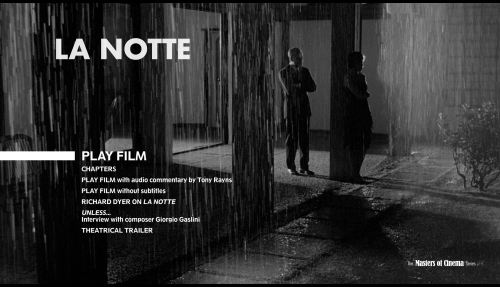 |
 |
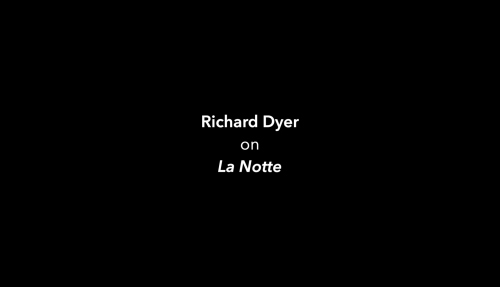 |
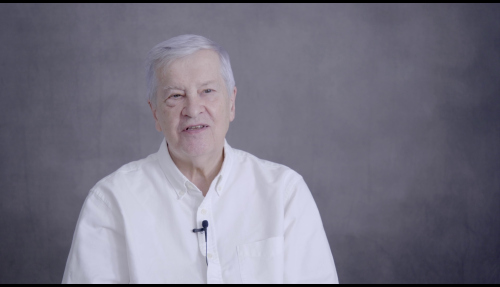 |
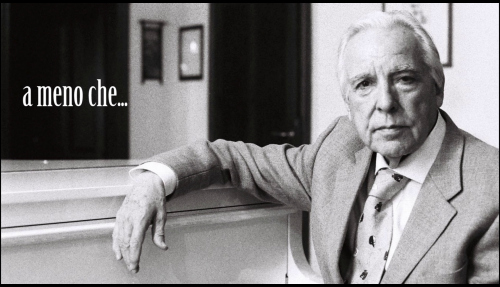 |
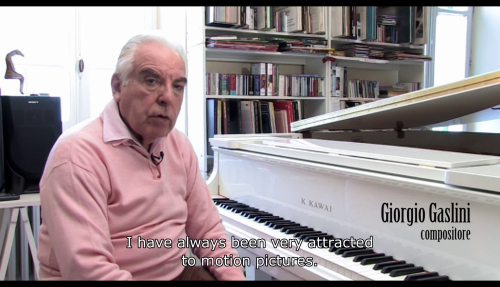 |
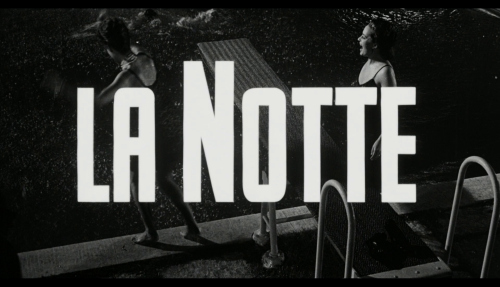 |
CLICK EACH BLU-RAY and 4K UHD CAPTURE TO SEE ALL IMAGES IN FULL RESOLUTION
|
1) Fox Lorber - Region 0 - NTSC TOP
|
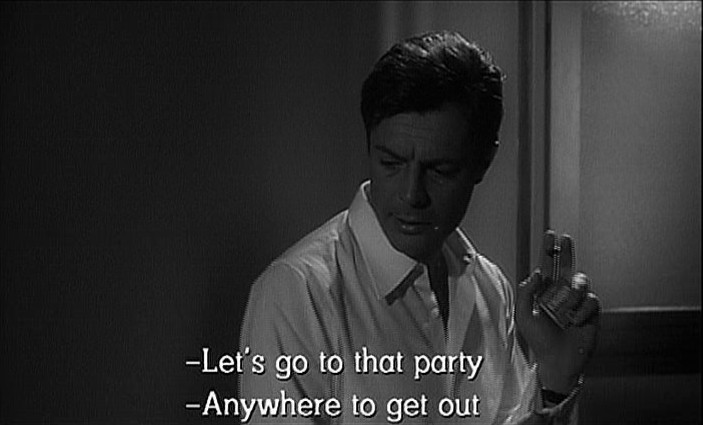 |
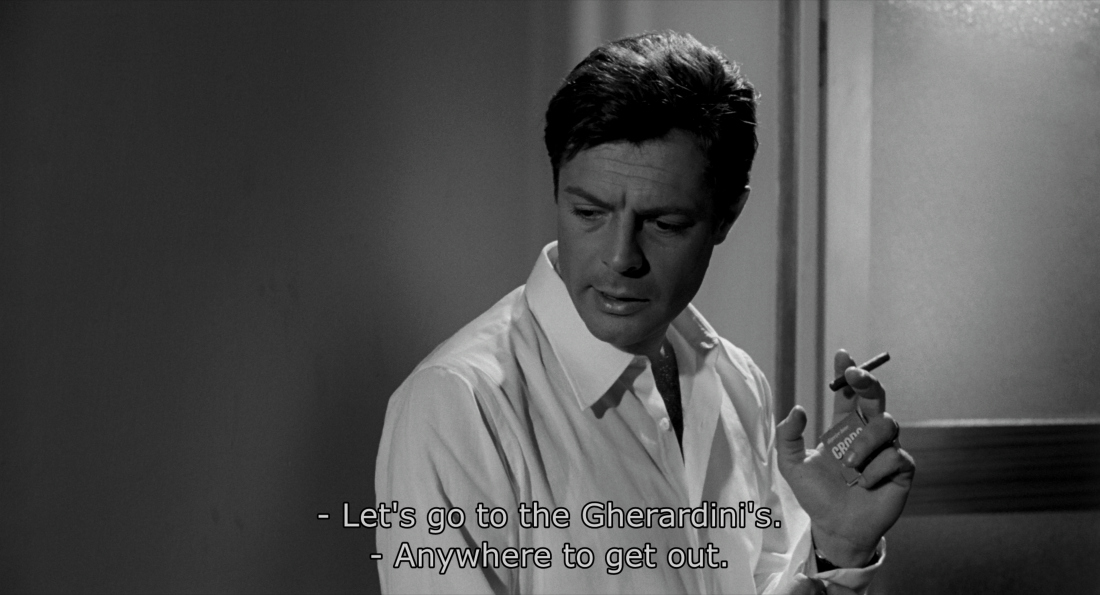 |
|
1) Eureka (Masters of Cinema) - Region 0 - PAL TOP
|
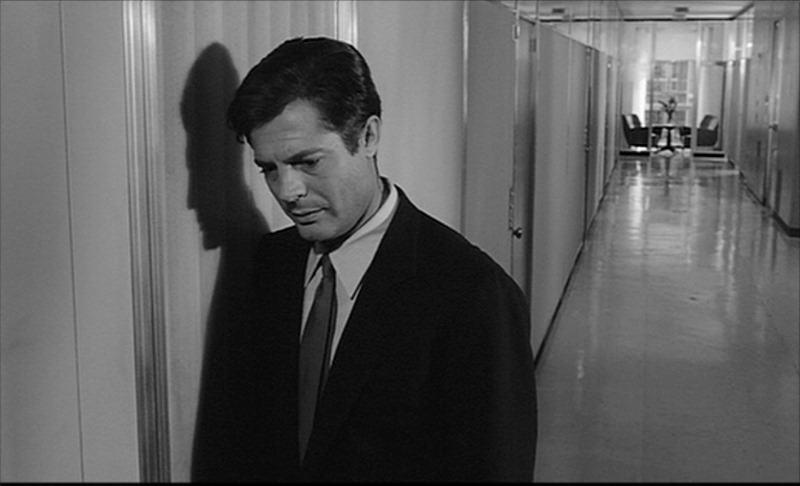 |
 |
|
1) Fox Lorber - Region 0 - NTSC TOP
|
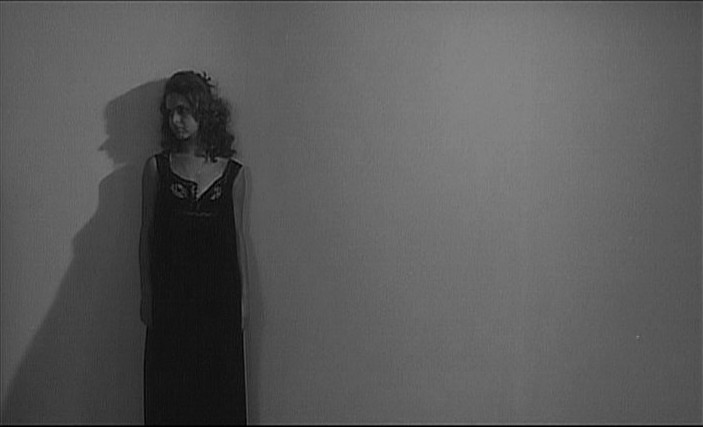 |
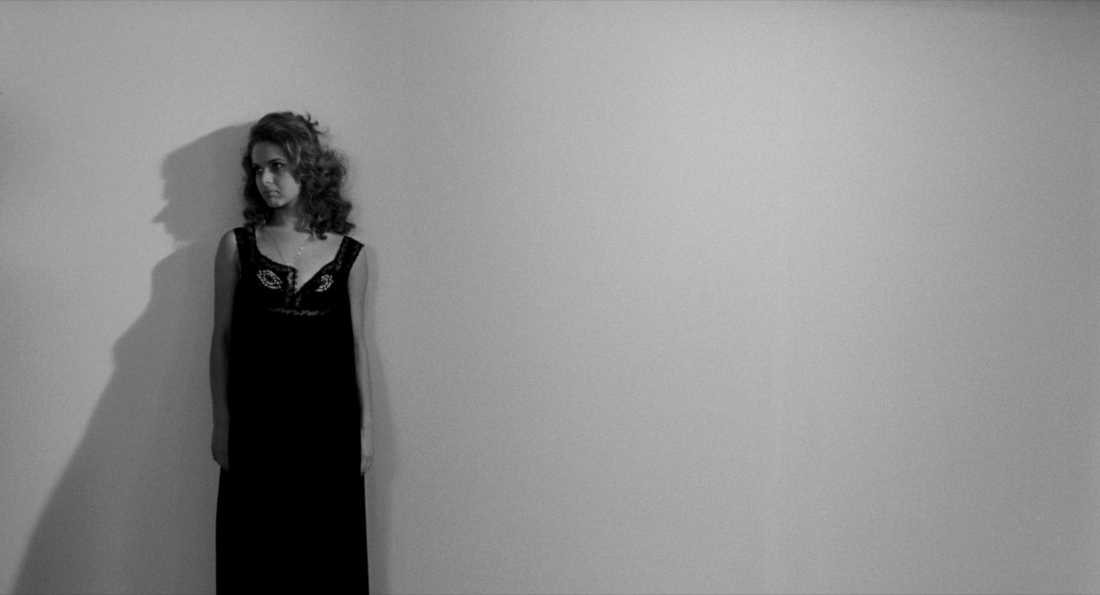 |
|
1) Masters of Cinema (2013) - Region 'B' -
Blu-ray TOP
|
 |
 |
|
1) Eureka (Masters of Cinema) - Region 0 - PAL TOP
|
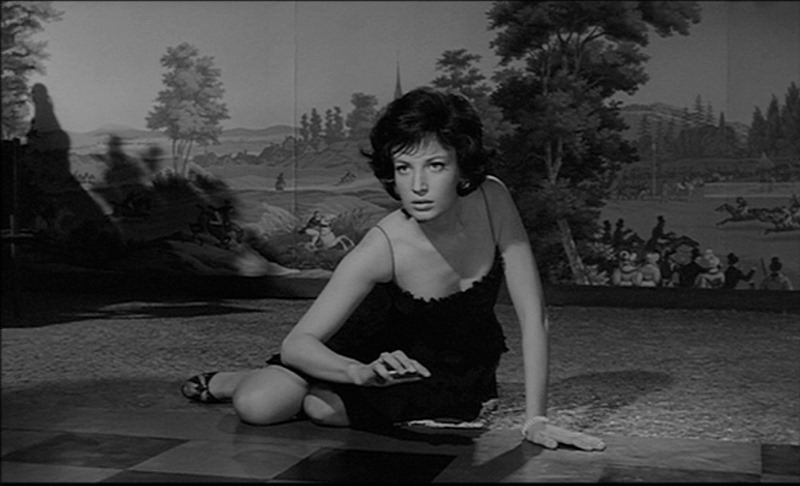 |
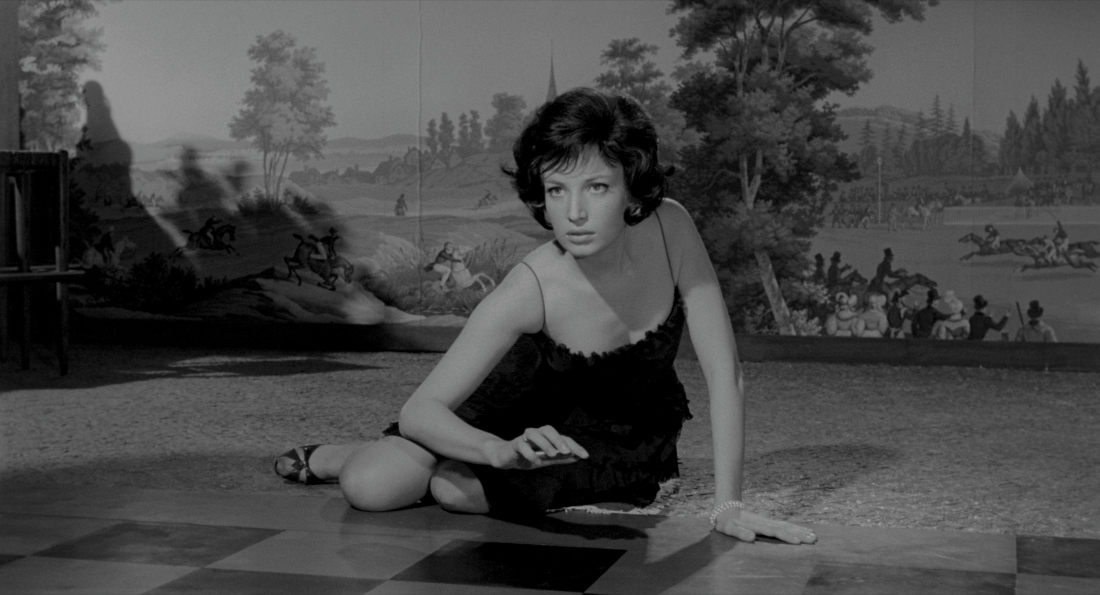 |
|
1) Eureka (Masters of Cinema) - Region 0 - PAL TOP
|
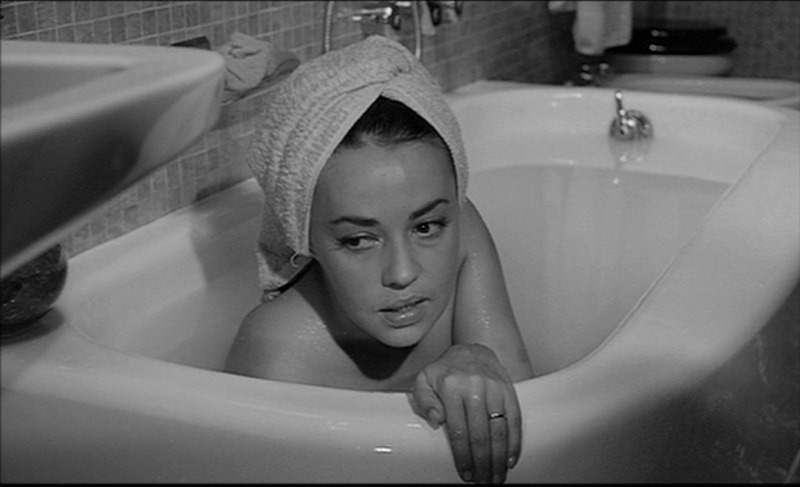 |
 |
|
1) Criterion (2013) - Region 'A' -
Blu-ray TOP
|
 |
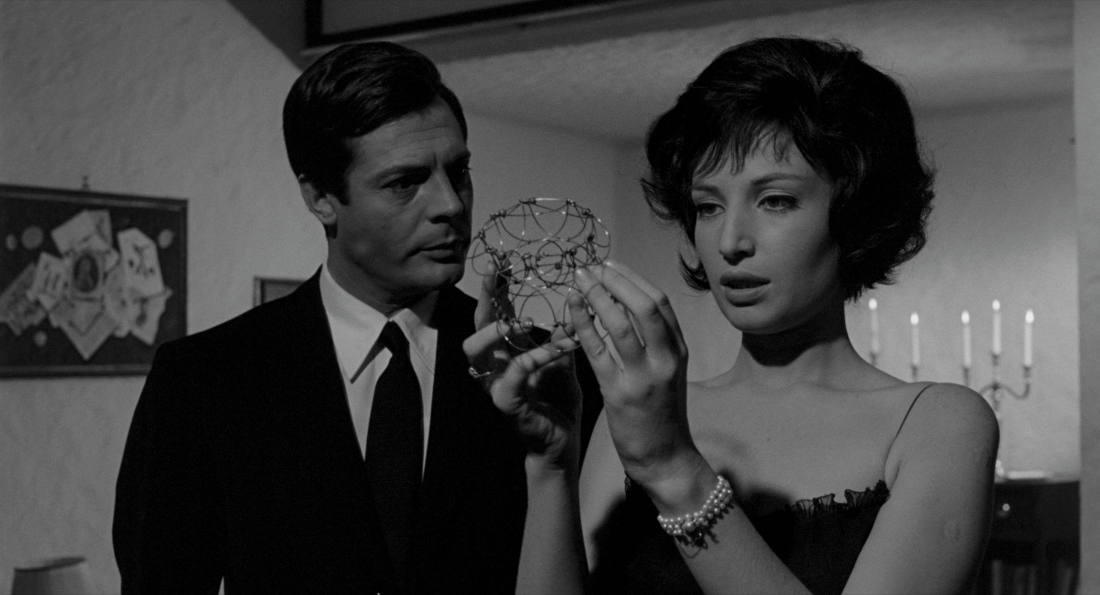 |
|
1) Masters of Cinema (2013) - Region 'B' -
Blu-ray TOP
|
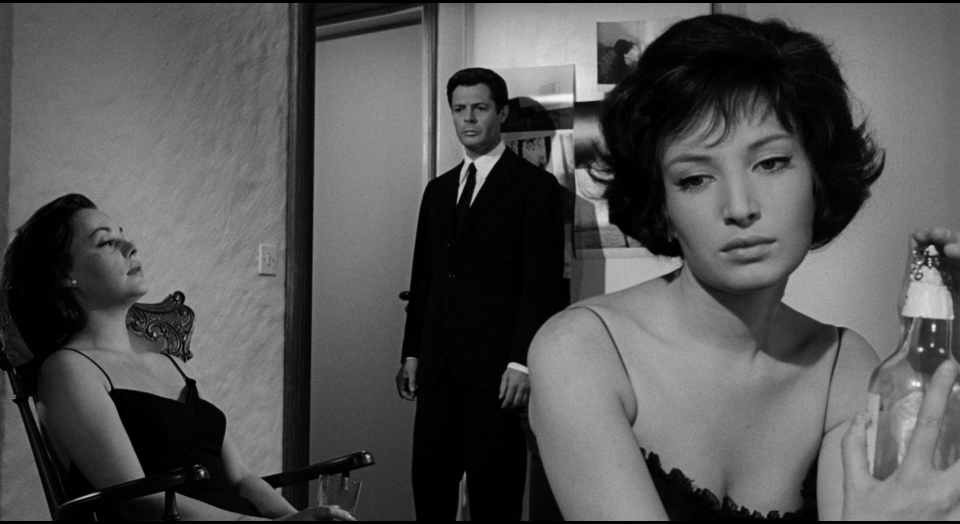 |
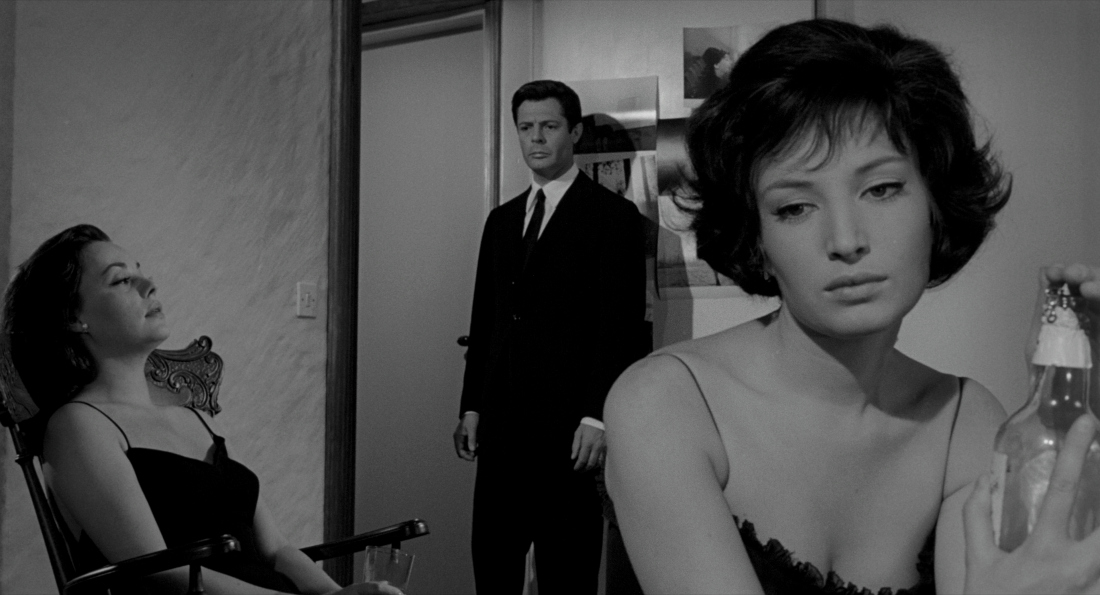 |
|
1) Criterion (2013) - Region 'A' -
Blu-ray TOP
|
 |
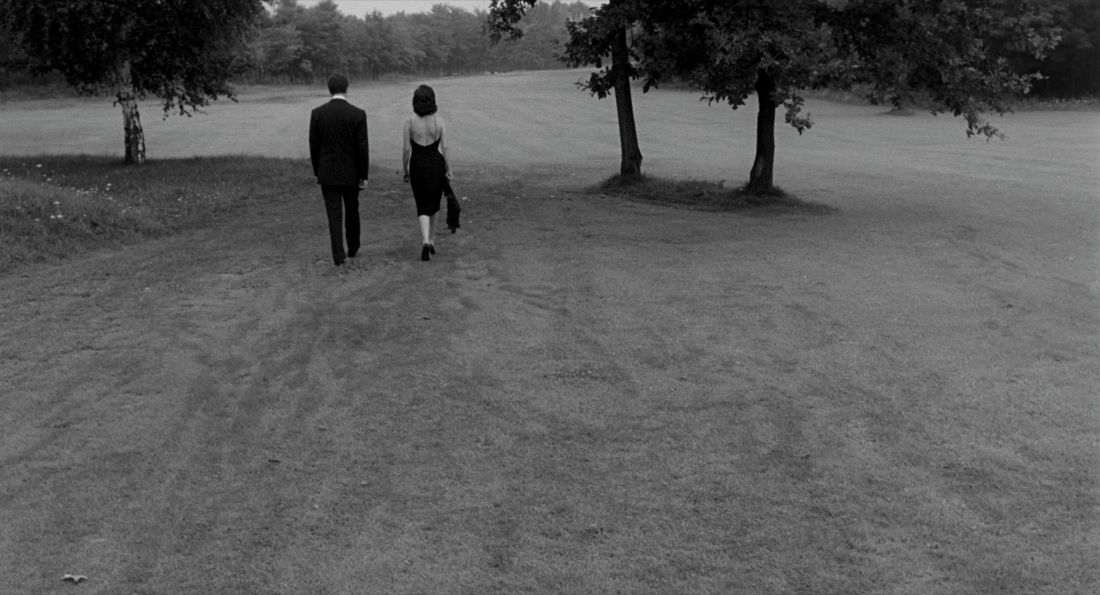 |
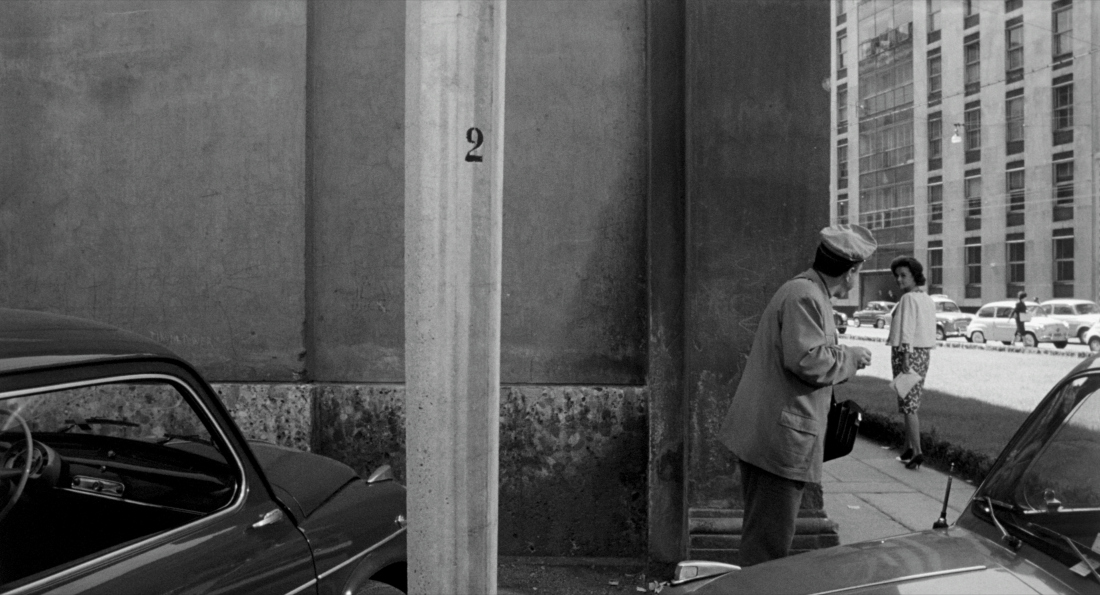 |
 |
More full resolution (3840 X 2160) 4K Ultra HD Captures for Patreon Supporters HERE
 |
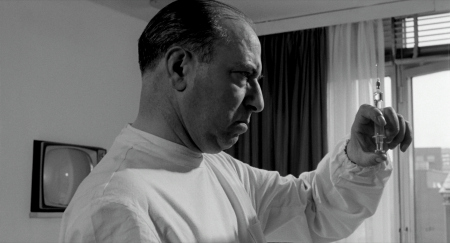 |
 |
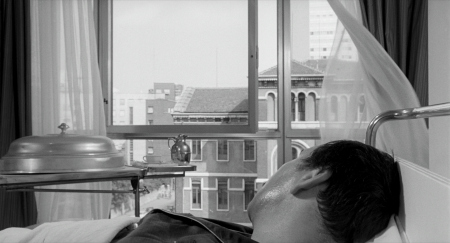 |
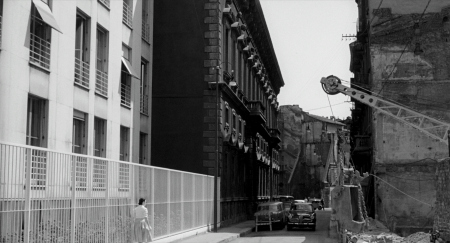 |
 |
 |
 |
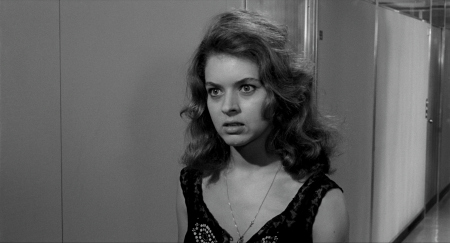 |
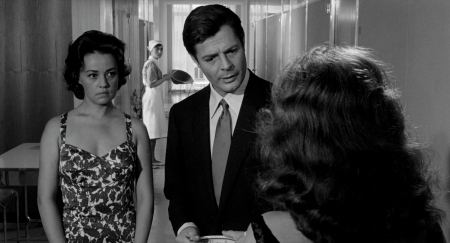 |
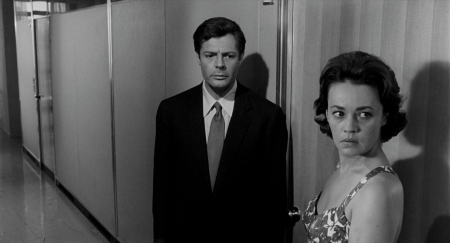 |
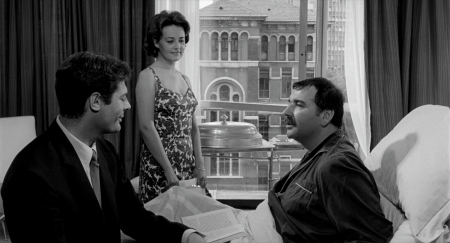 |
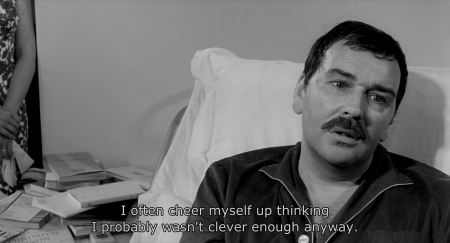 |
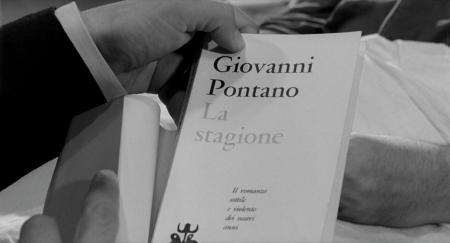 |
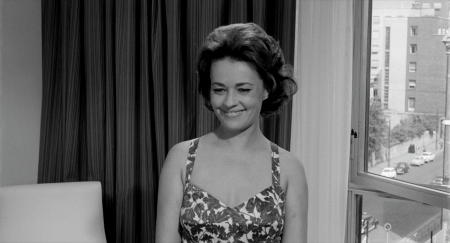 |
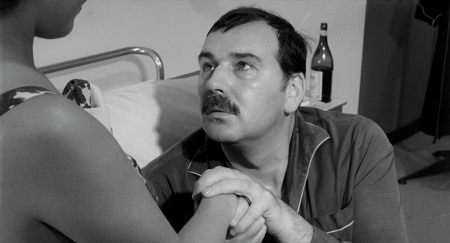 |
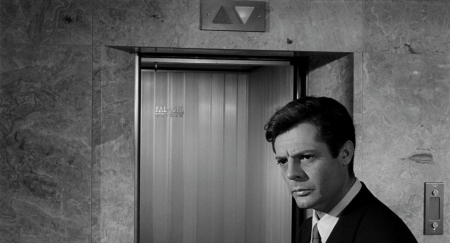 |
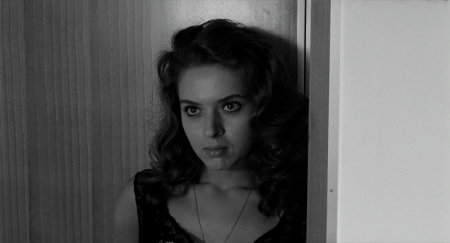 |
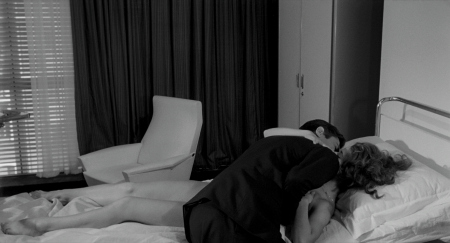 |
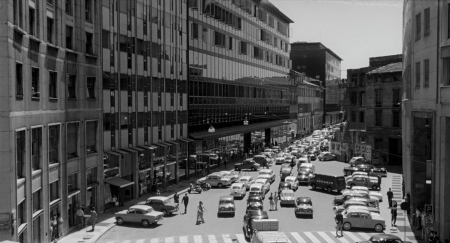 |
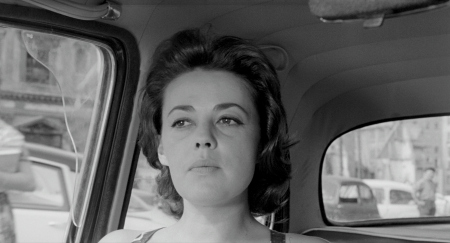 |
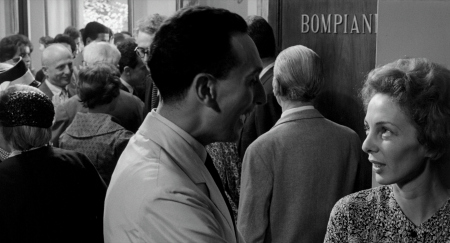 |
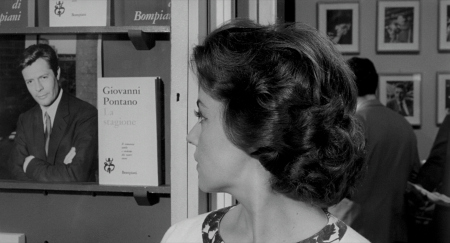 |
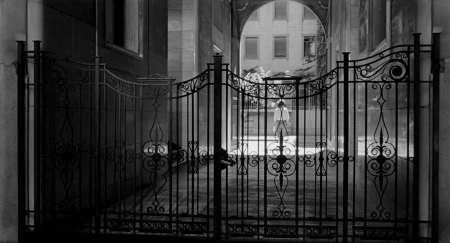 |
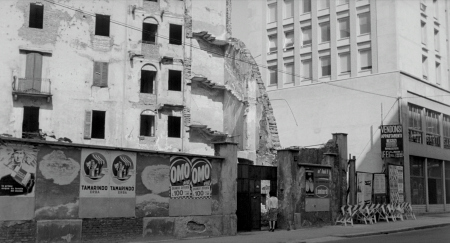 |
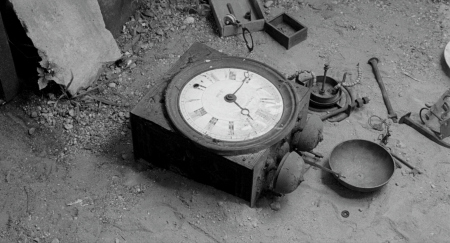 |
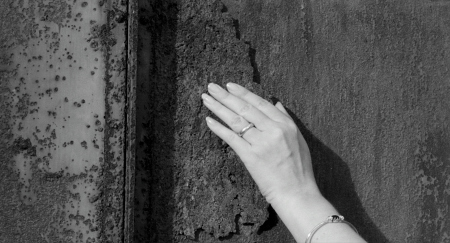 |
 |
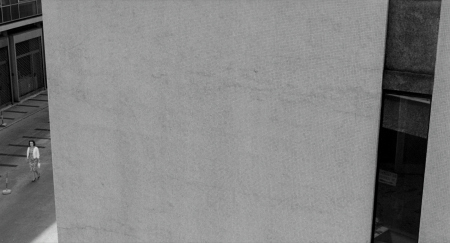 |
 |
 |
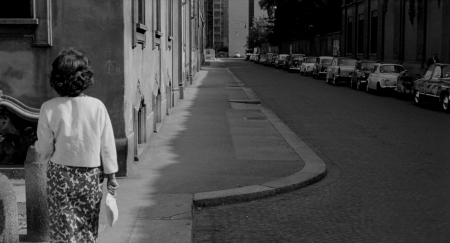 |
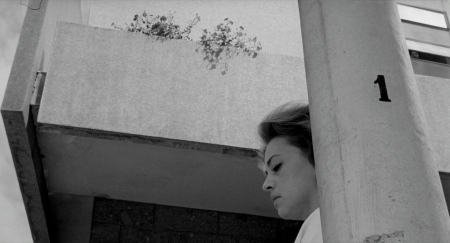 |
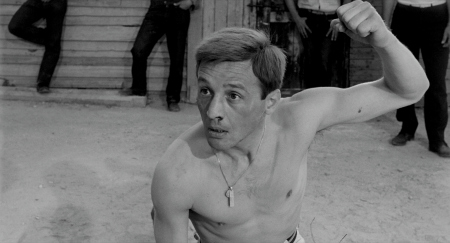 |
 |
 |
 |
 |
 |
 |
 |
 |
 |
 |
 |
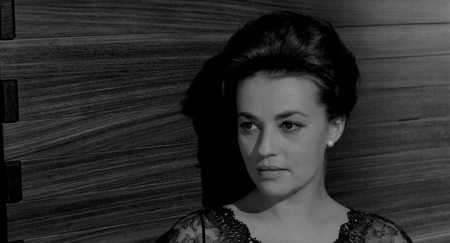 |
 |
 |
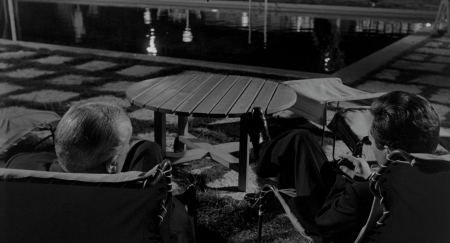 |
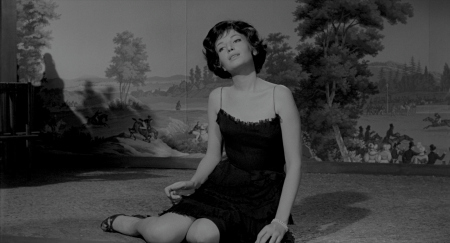 |
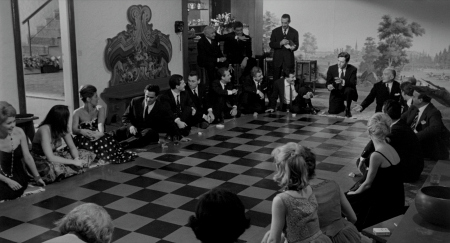 |
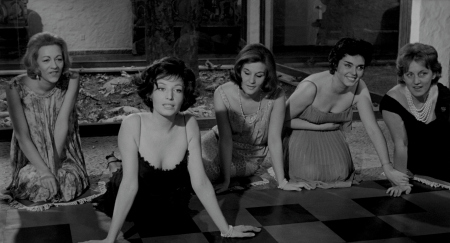 |
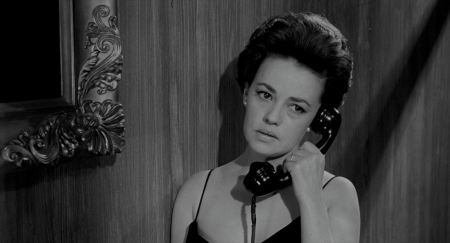 |
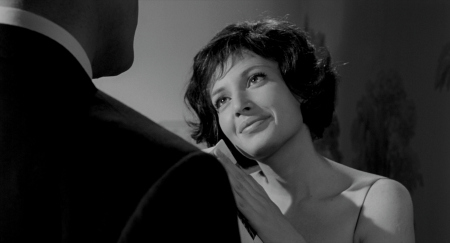 |
 |
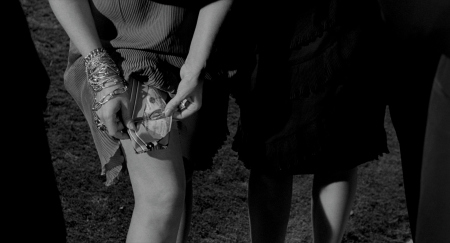 |
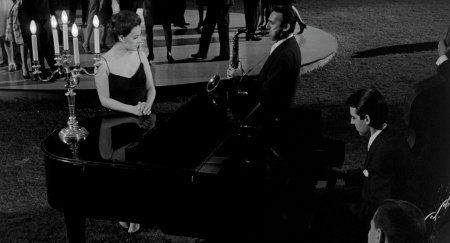 |
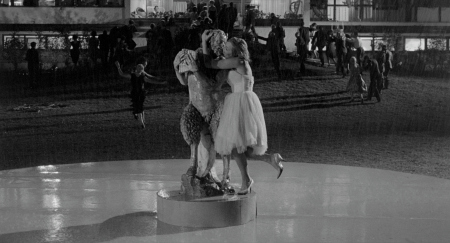 |
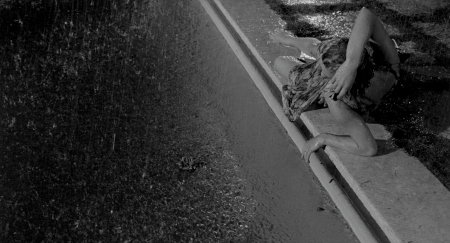 |
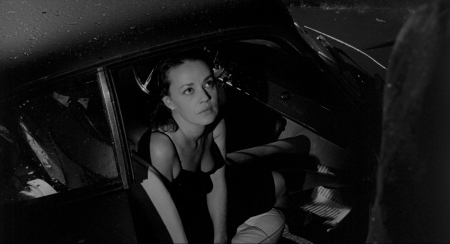 |
 |
 |
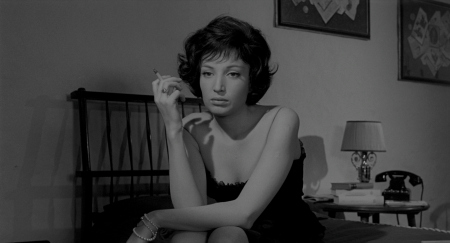 |
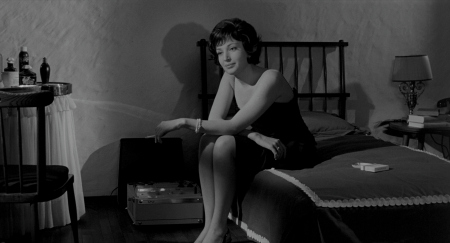 |
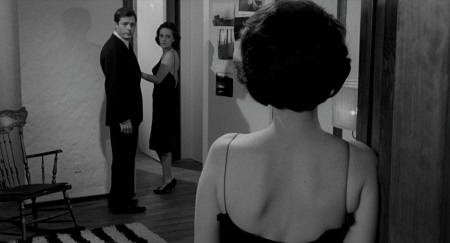 |
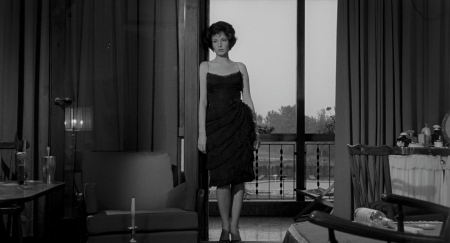 |
| Box Cover |
|
CLICK to order from: BONUS CAPTURES: |
| Distribution | Masters of Cinema - Region FREE - 4K UHD | |
![]()
![]()

![]()
![]()
|
Search DVDBeaver |
S E A R C H D V D B e a v e r |




